Modular Homes
A modular home is a house that is manufactured off-site but with the construction standards of a stick-built house.
In such a case, the house would be manufactured in the company’s factory and then be delivered ready to be mounted on a fixed foundation. This provides the benefits of both on and off-site construction.
The biggest savings are in the timeline since the house can be under construction before the order is made.
Other advantages include:
- Avoids on-site construction time.
- Allows for controlled Construction environment.
- Maintains the strength of on-site construction.
- Reduced construction costs
One of the advantages of a modular home is the ability to decide between a permanent foundation – as is the case with Wolf Industries – and a fully mobile unit.
Putting a stick-built modular home on a trailer results in a customized RV that allows someone to take their home with them wherever they go.
It is a good option for someone who travels a lot but does not want to pay the money for a class A RV.
The ability to go either direction with a modular home stands out as an important benefit of such a tiny home.
A modular home has the best of both worlds between stick-built tiny houses and manufactured tiny homes.
The benefits of off-site construction are time and the controlled construction environment while still being able to customize the tiny home to your personal liking.
The benefit of stick-built homes is sturdier construction with a firmer foundation.
With a mass production aspect, a modular home reduces construction costs, and the controlled environment helps prevent weather-related delays.
If you are looking for a tiny home, you do not have to choose between a stick-built and manufactured home. You have the option of getting the advantages of both by getting a modular home.
Building a traditional house is a time-consuming expensive endeavor.
Furthermore, unless you have a family that can use the space, having a full-size home could be a needless expense.
Stick-built and manufactured homes are two solutions to this problem, and while each has numerous pros and cons, a combination can provide the best of both worlds.
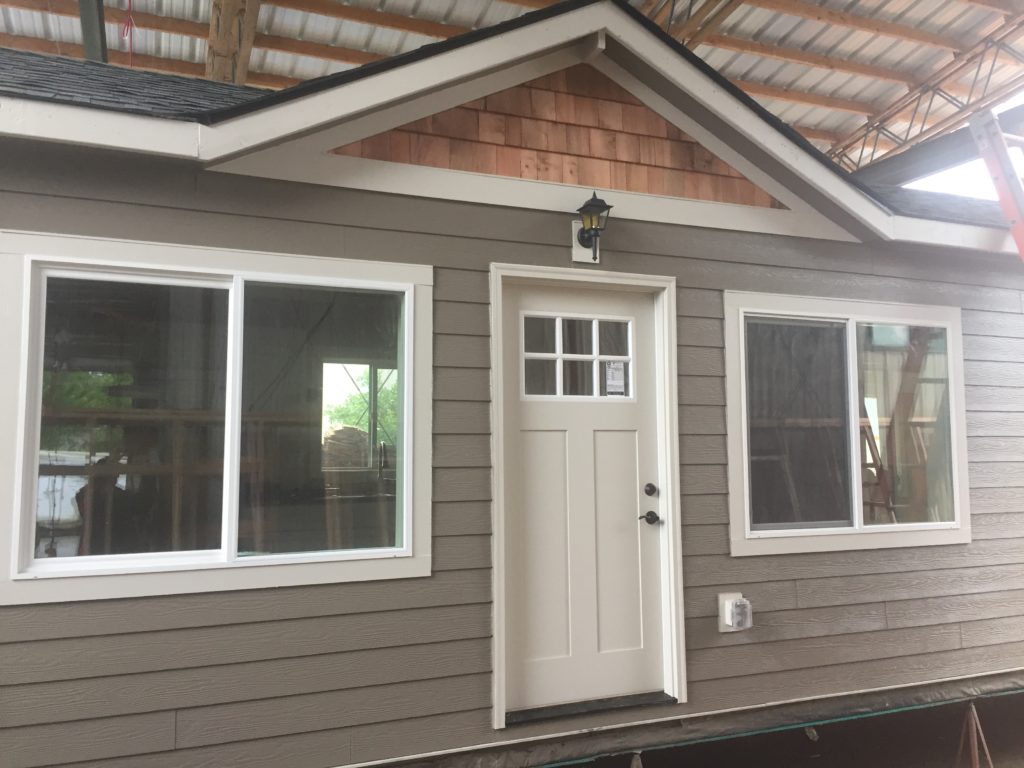
Wolf Industries tiny house factory produces stick-built homes in a manufacturing environment.
Stick-Built Homes
Typically a stick-built house is a house that is built on-site from lumber rather than being manufactured at a different location and transported to where it will be set up.
A stick built tiny house usually is made with conventional construction and it often has a conventional foundation (although this is not always the case).
Stick-build modular homes often have a concrete slab foundation on which the tiny house is built. They can still have a crawl space underneath the living space that provides a gap above the ground.
With the rise of the tiny house movement, many stick-built tiny house models are built to the standards of a stick-built home while still offering a footprint between 200 and 600 square feet.
Built to Last But Difficult to Finance
Stick-built, tiny houses can be financed through a bank like any other house.
Typically, it is possible to get a mortgage to finance the building of the house using the house itself as the collateral. This is possible because of the resale ability of these small houses.
This means that in the case of a forfeiture of the mortgage the house can be resold by the bank to recoup its investment.
Because of this commonality with a regular-sized house, the bank is taking a lower risk of issuing the loan.
Because of their similarity to standard full-size homes, stick-built, tiny houses have the longevity you would expect from any house.
If they are properly maintained, there is no reason for them not to last as long as any house of the same quality of construction.
Because these houses are generally much smaller, they can be built quickly without sacrificing quality.
When these houses are built with a standard foundation, there is no reason for them not to last.
Their longevity can be shortened when rather than a foundation, the tiny house is placed on cinder block columns.
Manufactured Houses
A manufactured tiny home is manufactured in a factory and is basically a miniature mobile home.
Some are designed to be pulled to a location and set up on a more or less permanent basis.
However, some are more like elaborate trailers that can be pulled by a pickup truck.
Manufactured tiny homes are designed to be delivered and set up on a semi-permanent foundation, even if they are generally going to be in one place.
This means that they have wheels, and it will be connected to any foundation it is put on, in a way that can be removed.
More Affordable Can Mean Reduced Longevity
Manufactured tiny homes are often financed through the seller and sometimes it is the manufacturer who is the one that provides the financing.
Either way, from the buyer’s perspective, it is the same as a mortgage.
They are still making monthly payments, and they can still lose their home if they fail to pay the loan.
The mobility of these little houses makes them easier for the original seller to relocate them for a new buyer.
They are sometimes inexpensive enough that they can be purchased by a personal loan and losing the little house is not at risk.
The mobility built into a manufactured tiny home will reduce its longevity since the more it is moved around, the more likely it is to get damaged.
Furthermore, even when it is set up on a semi-permanent basis, it will probably be on cinder blocks and not a more secure foundation.
The type of foundation, if any, that they have can make it more subject to damage due to weather.

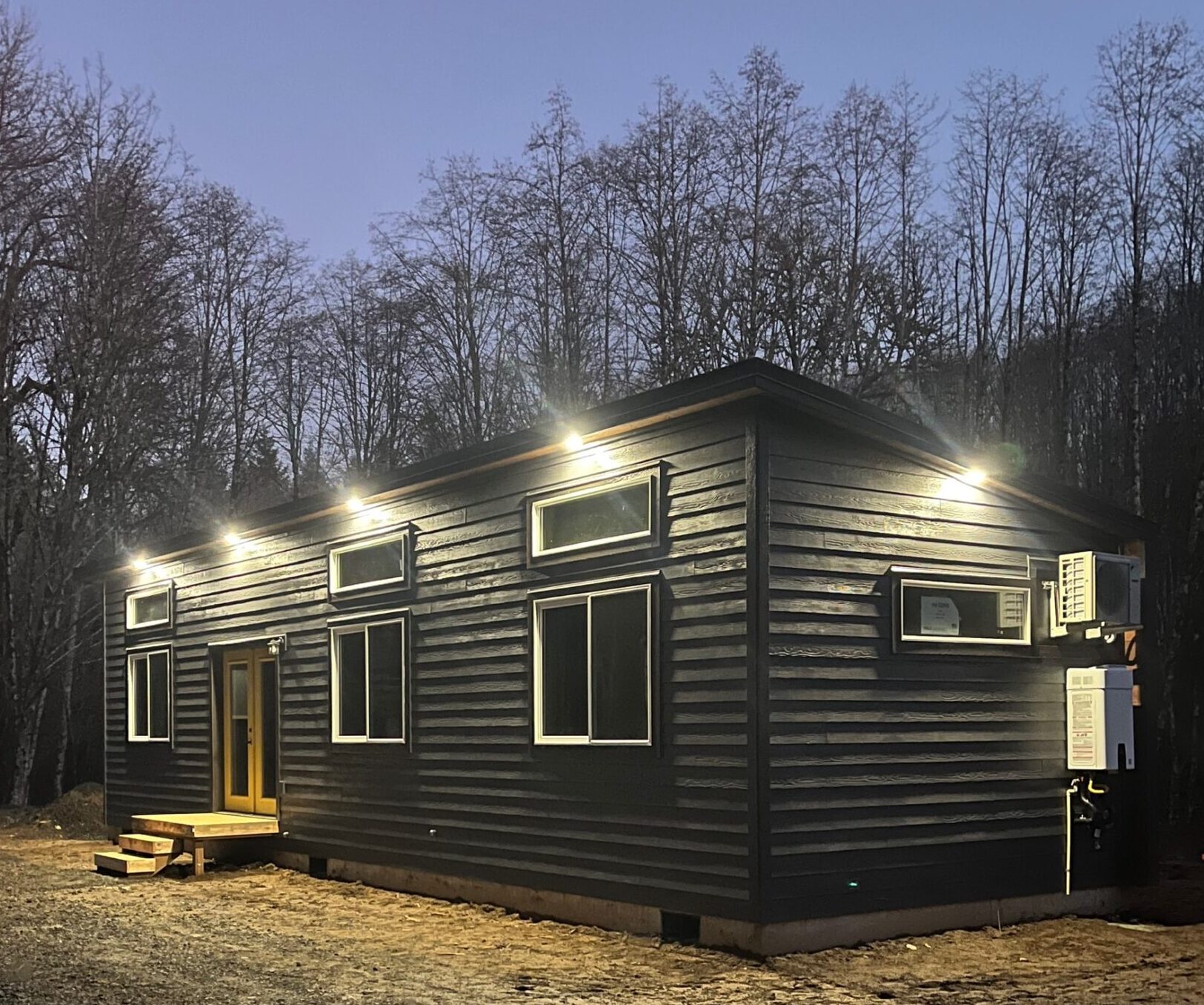
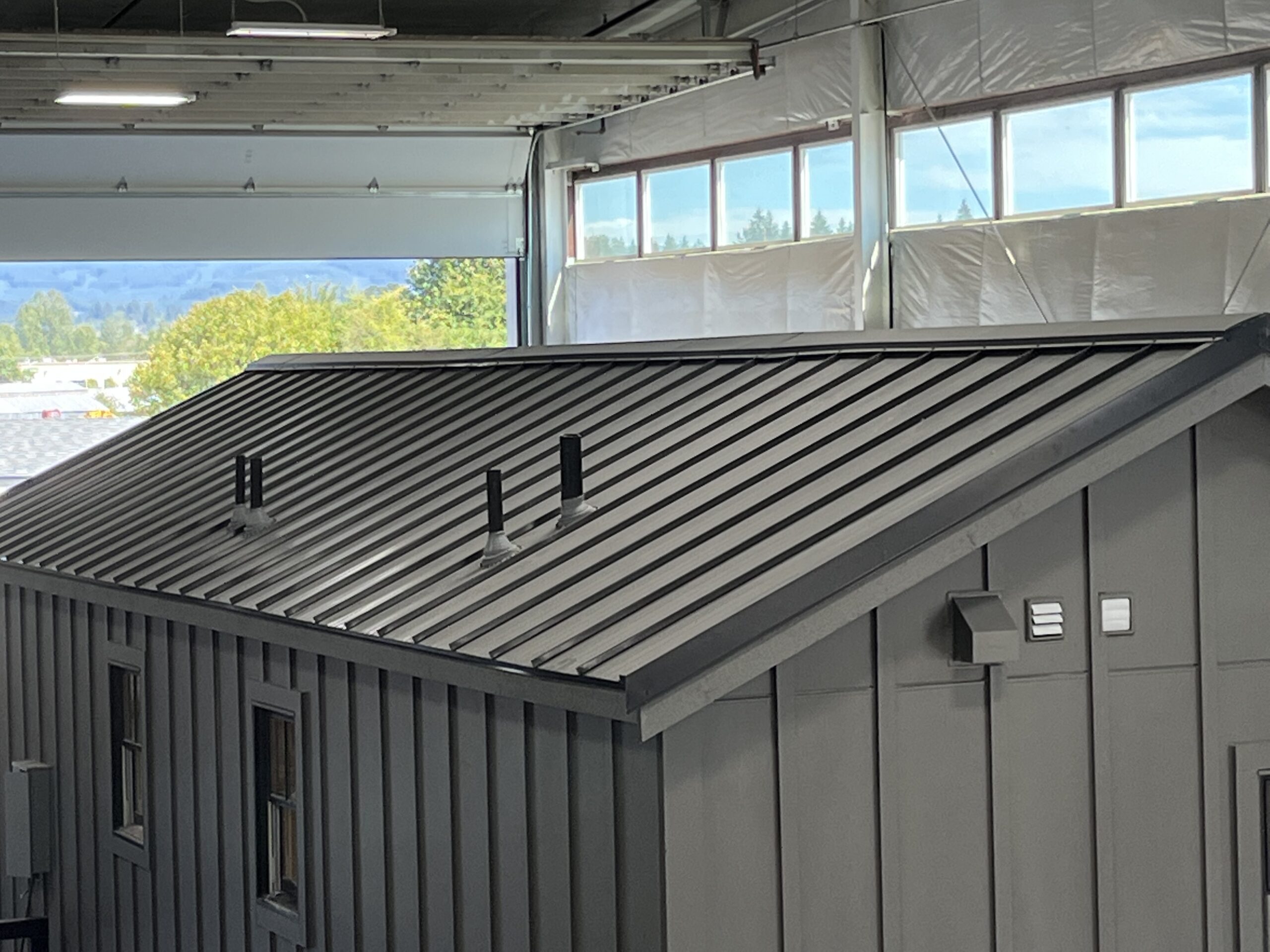
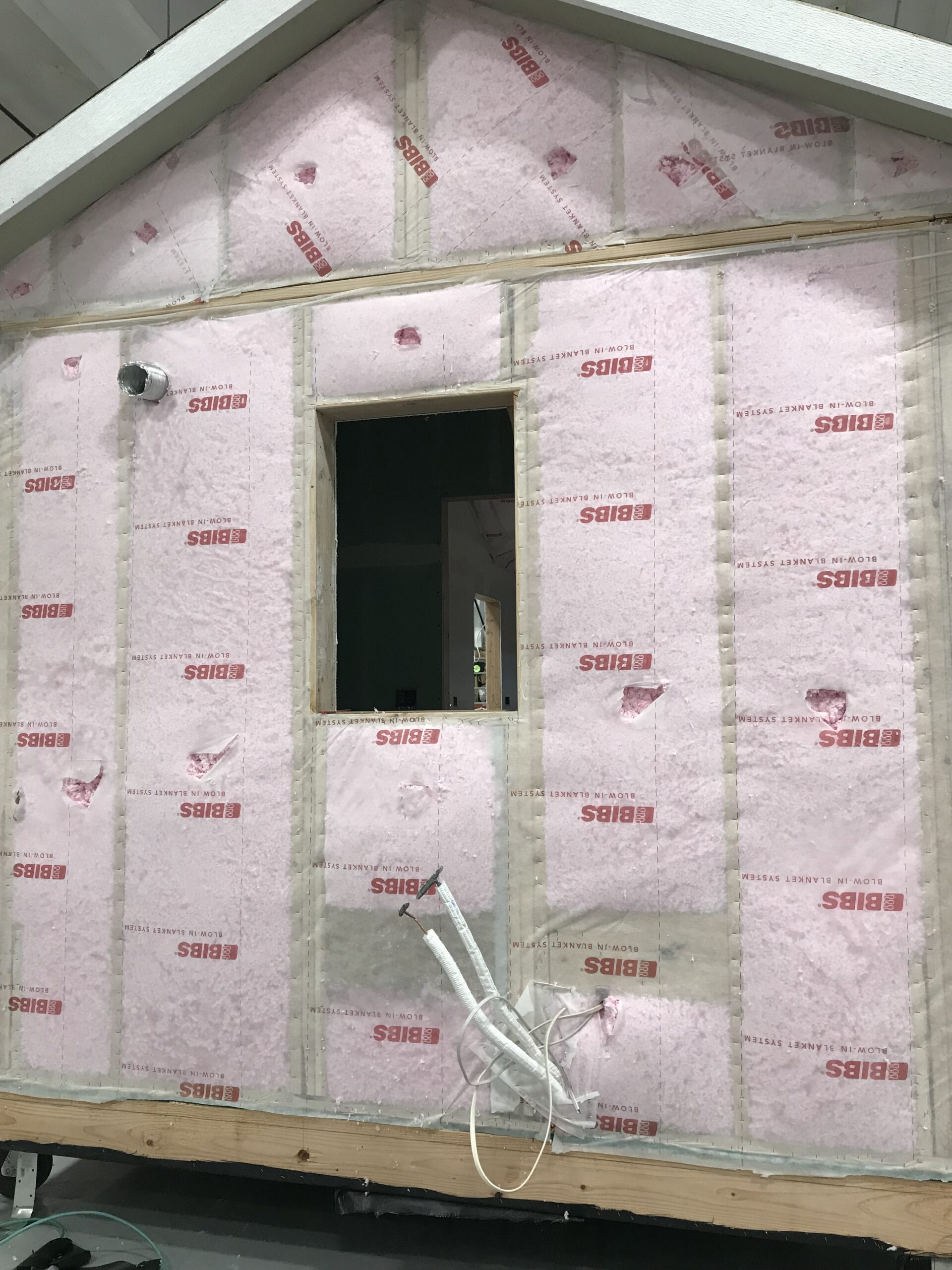
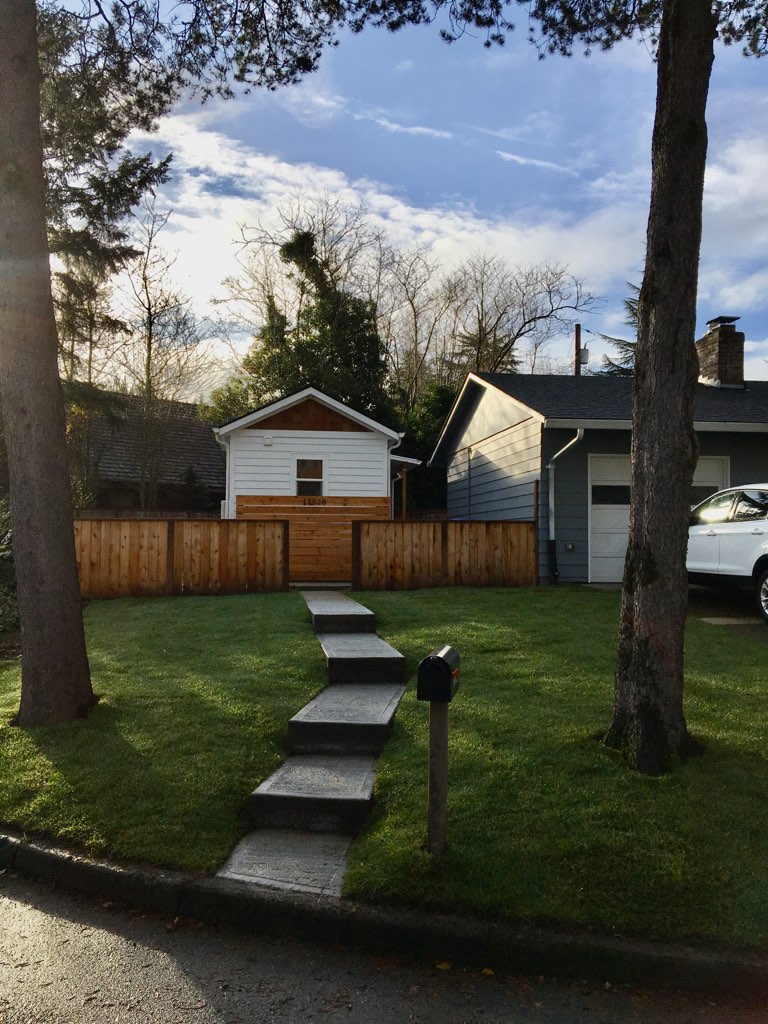
It sure was interesting when you said that manufactured homes have wheels and are designed to be delivered and set up on a semi-permanent foundation. My brother and his wife mentioned over a 10-minute video call last night that they are interested in purchasing a manufactured home that can meet their limited budget. They want their house to be affordable, energy-efficient, and versatile, so it will make sense for them to consider your tips.
Oh, really? Wow, I like the fact that opting for modular homes allows us to enjoy a further reduction in construction expenses. Okay, my neighborhood committee should be informed about this so they can make a deal with the right contractor shortly. They’ve decided to establish some emergency shelters for the homeless people since the weather is about to get worse starting next week.
Thank you for explaining that manufactured homes can be moved, but they are typically set up on a semi-permanent foundation. My sister has been thinking about buying a manufactured home lately. I think it’s good that it is something that she can keep with her if she wants.